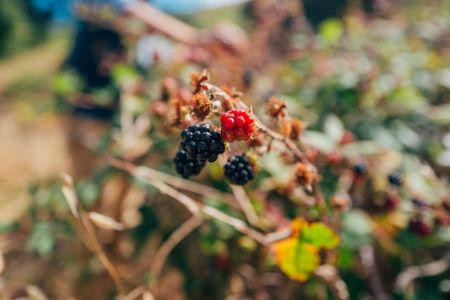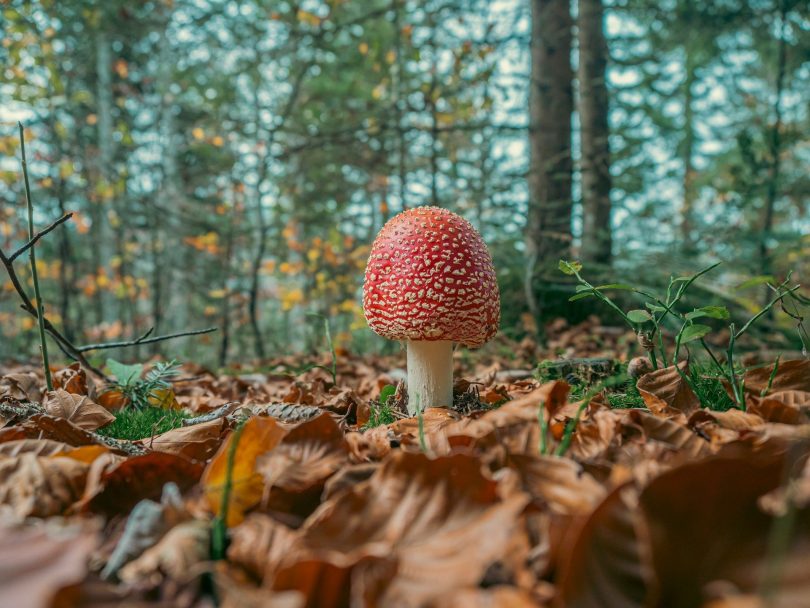Are you interested in the plants, trees & mushrooms around you?
Foraging is a great way to connect with nature and add unique food to your diet, most of which you can get nowhere else. It taps us into the diet our ancestors survived and thrived off for thousands of years, enabling us to eat food grown without human intervention.

Along with connecting us to nature, foraging can benefit our health, with plants like Stinging Nettles and mushrooms like Turkey Tails known to support healthy humans.
When anything in nature grows without the intervention of humans, it has to look after itself and build resilience against predators. It is this resilience that we are looking to benefit from. When we eat these diverse and resilient foods, they help us to be more resilient.
Foraging can help us all spend healthy time in nature whilst giving us access to tasty foods we can bring home and put on our dinner plates.
Where to start
Foraging for food was vital for our ancestor’s survival and would have been keenly passed down and honed from generation to generation. Nowadays, it is mainly resigned to hobby status, and we have likely lost much knowledge worldwide as indigenous communities have been lost.
Most of us will be familiar and confident with foraging for fruits like blackberries and apples, but foraging for new plants and mushrooms comes with significant risks.

When Amber and I started our foraging journey, we took a few steps which we recommend to ensure you stay safe along the way:
- Attend foraging classes to familiarise yourself with wild edibles alongside trained experts.
- Purchase books about wild plants and mushrooms (see recommendations below).
- Learn the poisonous lookalikes and dangerous families (the carrot family includes some edible plants and some deadly plants, which makes it a key one to either avoid or pay close attention to in the beginning).
- Take it one plant, mushroom or tree at a time to focus on so that you don’t get overwhelmed. It will not take long before you have ticked off a few, and it only gets easier from there.
- Keep attending classes. Despite being a qualified forager, I always learn something from others on foraging walks.
Staying safe
Some tips to keep you safe and healthy when foraging:
- Only eat plants and mushrooms you can 100% identify. If you are unsure, do not eat!
- Harvest from areas with low exposure to pollution or chemicals (for example, we do not forage on the coast during spring and summer due to the increased algal blooms).
- Avoid plants and mushrooms with deadly/poisonous lookalikes.
- Avoid eating large amounts of a new plant or mushroom, regardless of your confidence in the ID, as sometimes a sudden build up can have adverse effects.
- Just because an animal eats a plant or mushroom does not automatically mean it is safe for humans to ingest.
There is a whole world of wild food out.

Where will you start your journey?
If you want to come with us, join Beyond Domestication for a Rewilding Walk today.
George is a Vivobarefoot Barefoot coach and a Bushcraft and Foraging instructor. He started his rewilding journey because he was suffering from the symptoms of Crohn’s disease. In 2021, after 21 years, George achieved remission for the disease and has been symptom-free for much of the last 7 years.
Sources
Foragers Handbook by Miles Irving:https://www.goodreads.com/book/show/6616813-the-forager-handbook
Edible Mushrooms by Geoff Dann:https://www.goodreads.com/book/show/40594688-edible-mushrooms?from_search=true&from_srp=true&qid=mMzcCmioBU&rank=2



